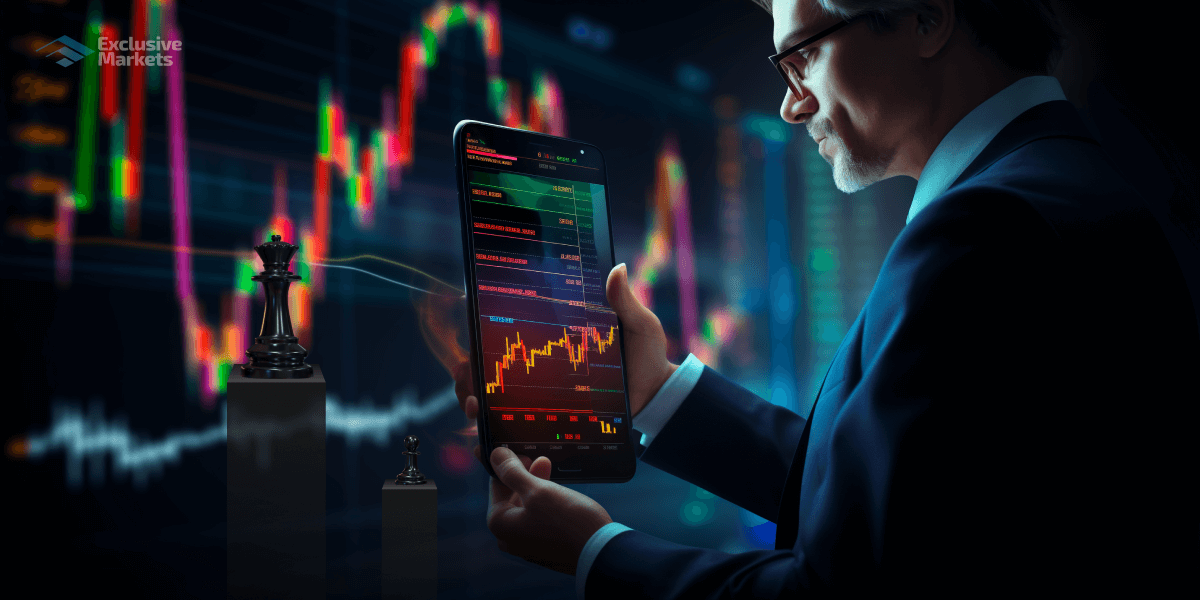
In the fast-paced world of finance, forex trading live Pro Trading UAE has emerged as a prominent player in providing insights and tools for forex trading. The Forex market, which stands for foreign exchange, is one of the largest and most liquid financial markets in the world. Traders engage in the buying and selling of currencies, aiming to profit from fluctuations in exchange rates. This article delves into the intricacies of live forex trading, exploring strategies, tools, and tips to enhance your trading journey.
The fundamental appeal of live forex trading lies in its accessibility and the potential for profit. Unlike traditional stock markets, the forex market operates 24 hours a day, five days a week, allowing traders to engage in market activity at their convenience. This continuous trading environment creates ample opportunities for profit, as well as unique challenges that traders must navigate.
One of the primary advantages of live forex trading is real-time data. Traders can access live quotes, charts, economic news, and price movements, enabling them to make informed decisions on the fly. This immediacy can greatly enhance trading strategies, as traders can swiftly react to market changes. However, it also requires a solid understanding of technical analysis and a keen awareness of macroeconomic indicators that can influence currency values.
To start, it is crucial to choose a reputable trading platform that offers live trading features. Look for platforms that provide access to real-time charts, economic calendars, and integrated trading tools. Popular forex trading platforms, such as MetaTrader 4 and 5, are widely used and offer extensive functionalities that can cater to both novice and experienced traders.
Technical analysis plays a significant role in live forex trading. Traders utilize various indicators, such as Moving Averages, RSI (Relative Strength Index), and Bollinger Bands, to analyze historical price data and identify potential trends. These indicators can help traders make predictions about future price movements, ultimately informing their trading decisions.

Furthermore, understanding support and resistance levels is critical in forex trading. Support levels often indicate where prices may stop falling, while resistance levels point to areas where prices may stop rising. By identifying these key levels, traders can set entry and exit points for their trades, maximizing potential profits and minimizing risks.
Live forex trading also presents unique psychological challenges. The fast-paced nature of the market can lead to emotional decision-making, which is often detrimental to trading performance. Successful traders develop the habit of sticking to a predefined trading plan, complete with risk management strategies that dictate how much of a trader’s capital is at stake in each trade.
Among various strategies traders utilize, day trading and scalping are popular choices for live trading. Day trading involves making multiple trades within a single day, capitalizing on small price movements. Scalping, on the other hand, is a short-term trading strategy that aims to profit from tiny fluctuations in currency prices. Both strategies require a solid understanding of market trends and rapid execution of trades, making them suited for those who thrive under pressure.
Swing trading is another strategy that can complement live forex trading. Unlike day trading or scalping, swing trading takes a longer-term view, with traders holding positions for several days to catch larger price moves. This strategy may suit traders who cannot commit to monitoring the markets constantly, as it allows for more time to analyze and plan trades.
Economic indicators significantly impact live forex trading; hence, staying informed is essential. Key data points such as GDP growth rates, employment figures, consumer sentiment indices, and central bank announcements can influence currency valuations. Traders who actively monitor these indicators can gain a competitive advantage, allowing them to preemptively position themselves ahead of market movements.

Risk management is a non-negotiable aspect of successful forex trading. Regardless of strategy, traders should always use stop-loss orders to limit potential losses on trades. By setting a predetermined price at which they will exit a losing trade, traders can maintain control over their risk exposure and protect their trading capital.
Additionally, position sizing plays a crucial role in risk management. Traders should adjust the size of their trades based on their account balance, risk tolerance, and the specifics of the trade. A common rule of thumb is to risk only a small percentage of the trading capital on any single trade—typically between 1% to 2%. This disciplined approach preserves account longevity, even in the face of losing trades.
As technology advances, more tools and resources continue to emerge for active forex traders. Automated trading systems, also known as algorithmic trading, allow traders to automate their trades based on pre-set criteria. This technology can help eliminate emotional trading decisions and increase efficiency.
Moreover, trading communities and forums can be valuable spaces for live forex traders. Engaging with other traders, sharing insights, and discussing strategies can provide fresh perspectives and enhance understanding of market dynamics. Platforms such as Reddit, TradingView, and dedicated trading forums foster collaboration and collective knowledge among traders of all levels.
In conclusion, live forex trading is an exciting and dynamic space that offers numerous opportunities for those willing to invest the time and effort to learn. With real-time data, a variety of trading strategies, and robust risk management techniques, traders can navigate this complex market successfully. As you embark on your forex trading journey, remember that continuous education, disciplined trading, and adherence to your strategy will be essential components of your long-term success.